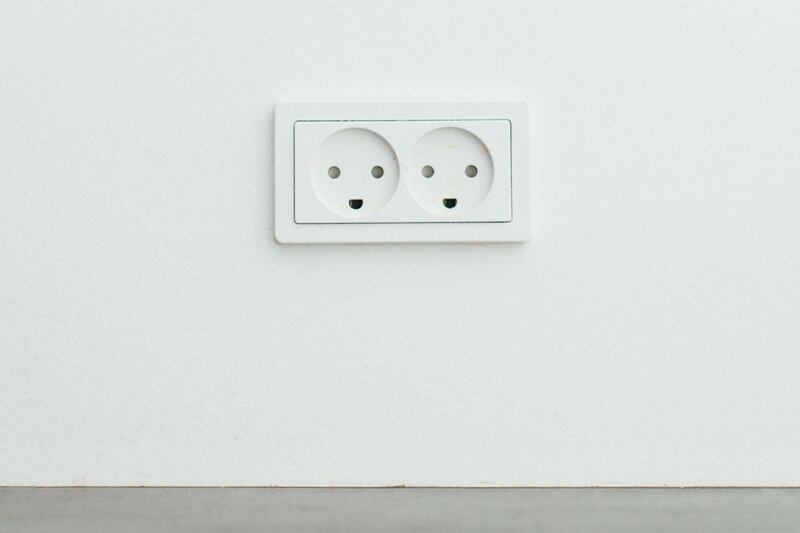Is the toaster winking at you? Or the sink giving a cheeky grin?
It turns out you might not be seeing things. New research suggests our brains are hard wired to look for human faces in inanimate objects.
This ability to detect features such as eyes in windows and noses in doors even has a medical name – pareidolia – with one of the earliest and best-known examples being the Man in the Moon.
Once considered a potential symptom of a psychiatric disorder, it is now considered to be simply an error of perception.
According to researchers at the University of Sydney, this is the result of the evolution of the parts of our brain that specialise in detecting and processing faces.
“Faces are detected incredibly fast,” said lead researcher Prof David Alais.
Our brains, he said, use “a kind of template-matching procedure, so if it sees an object that appears to have two eyes above a nose above a mouth, then it goes, ‘Oh I’m seeing a face.’”
Rapid facial recognition has always been vital to our survival, Prof Alais said. “You need to recognise who it is – is it family, is it a friend or foe, what are their intentions and emotions?”
That means accuracy is sometimes sacrificed for speed. “It’s a bit fast and loose and sometimes it makes mistakes, so something that resembles a face will often trigger this template match.”
At one end of the scale is seeing animals and objects formed by the shapes of clouds.

At the other is the "Hitler House" in Swansea, Wales, whose slanted roof over one window and moustache-like lintel over the front door led to comparisons with the face of the Nazi leader.
The phenomenon is also attributed to the famous “face on Mars” in a rock formation on the Red Planet and even a grilled cheese sandwich that fetched Dh46,700 ($28,000) in an online auction in 2004 because it was claimed to resemble a portrait of the Virgin Mary.
To test their theory, the Australian researchers showed subjects a sequence of real and pareidolia faces.
They were also asked to judge each image on a scale between happy and angry, finding that the expressions on inanimate objects produced the same reaction as did real faces.
The reason is that it is the same part of the brain processing all the images, Prof Alais said.
“You are somehow unable to totally turn off that face response and emotion response and see it as an object. It remains simultaneously an object and a face.”
The research has a practical side for the development of artificial intelligence and the treatment of disorders suchas prosopagnosia, or facial blindness, whose sufferers cannot even recognise family or friends.
As long as you do not tell that to the plate of two fried eggs and a sausage before you devour them for breakfast.







